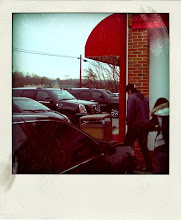
Torolab is a Tijuana-based collective of artists and architects that "explore the logistics of daily life in the twin borders of Tijuana and San Diego" as well as "the artistic potential of locative technologies." Participants of The Region of the Transborder Trousers wore clothing with GPS technology for five days to document their passage between Tijuana and San Diego.
This project is subversive in that it illustrates the ease with which one can pass between the two countries in spite of border control and security. However, Torolab focuses on this border as "an opportunity for aesthetic experience rather than overt political critique." Torolab seeks to create a huge billboard/pedestrian bridge on the border where people can enter text or image to be displayed on the face with a computer located at the foot of the bridge.




